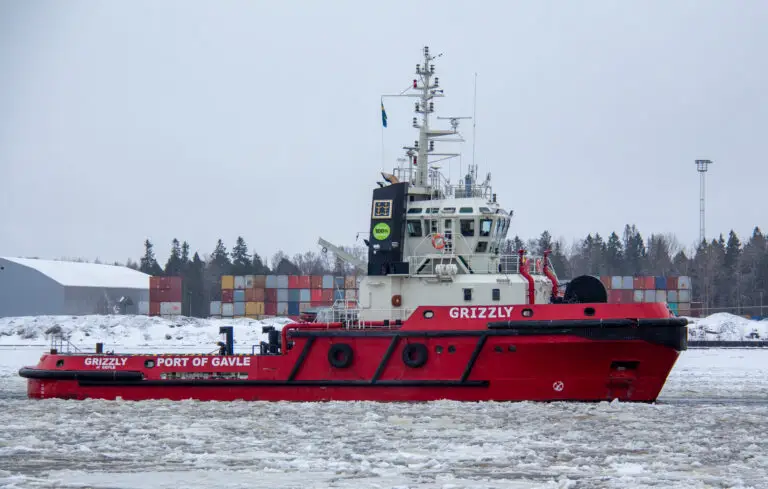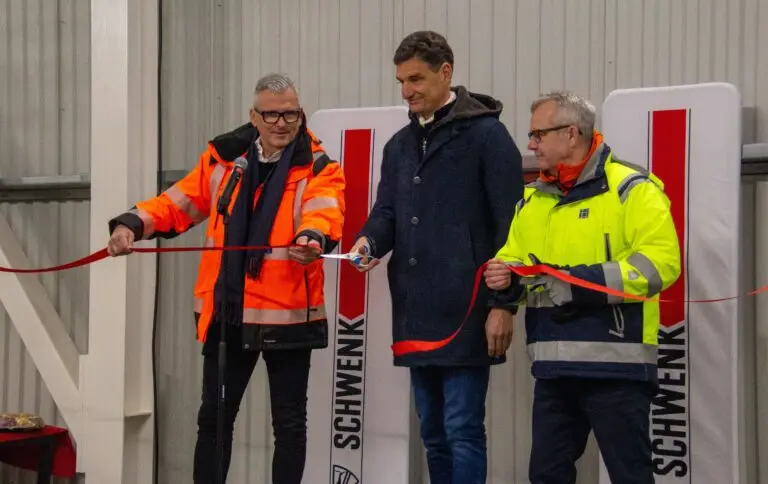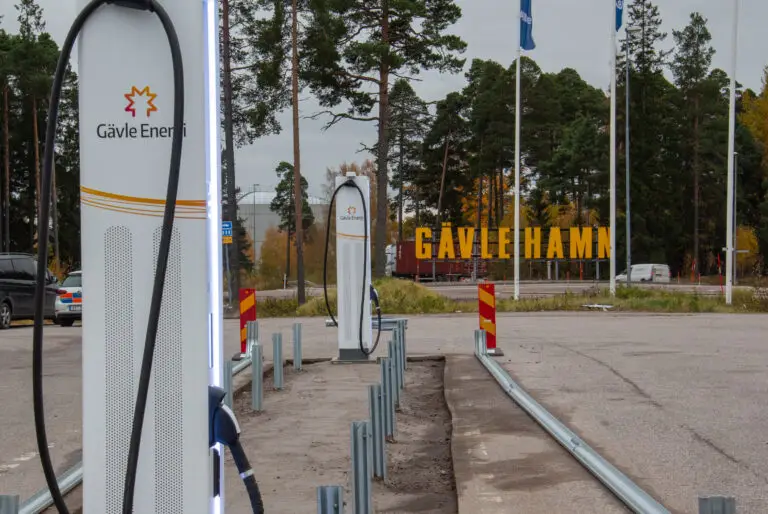Another year marked by the covid-19 pandemic has passed. When the pandemic struck, people had to change their way of life practically overnight. This has led to major changes in our consumption pattern, which has affected freight transport. Despite great variation in demand on world markets, price increases for raw materials and disruptions in the global freight transport systems, Swedish freight transport has functioned relatively well. There has not been any complete transport chaos. In addition to the sharp fluctuations during the first week of the pandemic, on an aggregate level, from the outbreak of the pandemic at the beginning of 2020 and until December 31, 2021, there is only small changes in transport patterns and freight volumes. No major changes in the distribution of transport work between the different types of traffic, which means that there does not seem to have been major transfer between the types of traffic overall.
The transport has become more expensive during the pandemic and there are several reasons behind the price increases. In connections with the outbreak of the pandemic, imbalances were created between supply and demand for container shipping. Especially the prices on routes from Asia to Europe that have increased. The costs of freight in the opposite direction have not risen as much, which indicating major imbalances in the transport chains. As a result of the disruptions in the global value chain and the high pressure on logistics solutions, ships have become stationary in the major ports. The outbreak of Covid-19 has meant that it has taken longer to unload the ships, whereupon a queue has formed for arriving ships.
The disruptions have led to container shortages in Asia after empty container were left in the US or Europe. Ships fall behind schedule, causing queues, delays, and high costs. The reduces capacity in combination with continued high demand has led to rising shipping prices. Previously, the standard prices for a container were around USD 2,000, but during the pandemic it has increased to around USD 16,000 – a price increase of around 800-900%. During the fall of 2021, the situation has improved, but you still have to pay four times more for a container than before the pandemic, and you also have to count on longer delivery times than normal. The imbalance is expected to remain at least until the spring 2022. The great pressure on container shipping has given an economic boost to the container shipping companies, which for a long time had low profitability.

Since the most acute phase of the pandemic, demand on the world market had increased sharply, which has led to the price of raw materials, especially metals and food, rising sharply in 2021. The prices have also increased for iron, steel, copper, semiconductors, wood, and cardboard. The prices increase is strongly linked to the high demand after the pandemic’s initial dampening of the world economy. Metals and semiconductors are needed in both the constructions and automotive industries as well as in the electronics industry. During the pandemic, constructions and home carpentry have increased, which has increased the demand for wood. The sharp increase in e-commerce has increased the demand for cardboard. The high demand is partly since the economies have started up as vaccinations have increased and the spread of infection has decreased, partly because many countries have injected the economies with substantial financial support to both companies and households.
During the 2020 pandemic the price of oil fell sharply as it was feared that demand would decrease and that there was an overproduction on the market. The price of oil (Brent) started to fall at the turn of January/February 2020 and reached its lowest point in March/April of the same year. After that, a slow recovery began and by January 2021 the price of oil had recovered to the price level from a year before and in September 2021 the price was at about the same level as in January 2019.
Overall, the Swedish freight transport sector appears to be robust and has had the capacity to adapt to the challenges the pandemic has presented it with. The pandemic is not over, but there are reasons to believe that the Swedish freight transport sector has weathered the worst consequences of the pandemic. However, it is unclear what economic and structural long-term effect the pandemic will have and what consequences it will have for freight transport in Sweden.
- The total cargo turnover in Port of Gävle in 2021 was 5,087 kilotons. A decrease from the previous year. However, it should be mentioned that 2020 was a record year for goods turnover, so the reduction was due both to a very high result the previous year and the impact of the pandemic.
- The total number of ships in 2021 was 764 ships. The number of vessels to the Bulk Terminal and the Kemi Terminal has increased in number compared to 2020, while the number of vessels to the Container Terminal, Energy Terminal and Karskär has decreased.
- The Container Terminal shows a decline in 2021 both in number of TEU over quay and the weight of goods in container compared to 2020. 2021 produced a result of 149,058 TEU over quay. The total throughput in the Container Terminal was 196,967 TEU.
- The number of TEUs in the train shuffle between GCT and the combi terminal in Rosenberg (Yilport Stockholm north) has increased slightly from 2020 to 2021.
- For the Bulk Terminal, the cargo volumes increased slightly in 2021. The volumes are relatively stable, seen in total, and the types of goods that stand out in some respects are wind power with a clear increase compared to the mid-year 2020, as well as biofuel did not be imported in 2021.
- The Energy Terminal shows a decline, while the Chemistry Terminal is increasing. What stand out, is that the volume of aviation fuel has again decreased sharply, and that from an already low level. Within the chemical segment, it is noted that lye is not the least traded commodity type, while slurry is pleasingly on the rise compared to 2020.
- Financially, 2021 has been an approved year from a traffic and freight perspective, although the result is naturally below 2020’s result in most parts.








